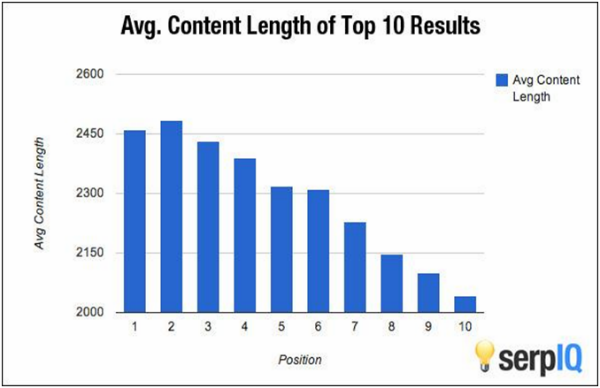
The majority of your website visitors don’t read your blog posts from start to finish. That’s a fact. It’s nothing personal against your site or its content. It’s just how people read on the web.
In a research on how people read on the web, Nielsen Norman Group found that 79 percent of users scan new pages, while only 16 percent read word for word.
That sounds troubling, but it doesn’t have to. If you design your blog posts with the way Internet users consume content in mind, then they will be more inviting for people to read. For example, you would be better not publishing long walls of text knowing that most of your audience won’t end up reading it word for word.
What you need to do is make your content more “scannable” so readers can quickly pull out key bits of information while still absorbing your overall message.
How do you do that? You have a few ways to do this. You can remove longform content from your site entirely, writing entirely in twitter-fashion and blaming yourself for the demise of critical thinking. You can go for a design that will do a great job highlighting the content you want people to see —some modern website layouts are built on that idea.
Or you can go for more traditional, smaller techniques which would do wonders for you content. This article explains just that: a few ways to make your blog content so readable people won’t have a chance to miss it.
Break Down Your Content into Smaller Pieces
Break your long content down into shorter bits by making liberal use of various blog post styling options. Small paragraphs with headings, sub-headings, bulleted lists, quotes and so on work especially well.
Give your most important points their own headings and paragraphs. When readers scan your content they will be able to grab the important pieces of information. If you have a series of important points to make, try using a bulleted list.
Make your content easy for users to skim through. Publishing that content on a clean, modern theme wouldn’t hurt either. Most come complete with a full selection of formatting options to ensure your content still looks pretty as you break it down into small pieces. Just be sure to avoid some popular mistakes.
Go For Quality AND Quantity
Neil Patel recently published a study on content length and found that longer content tends to perform better. On average, posts with over 2,000 words dominate the top 10 search results.

It’s curious that long content performs better, but do readers actually prefer it?
When you understand that Google’s goal is to deliver the very best search results for its users, it’s also understandable that Google’s tendency to deliver longer content is because that’s what users prefer.
For more evidence that users prefer longer content, look at social shares. Patel’s study shows that posts with 1,500 words receive 68% more tweets and 22% more Facebook likes than the articles with fewer than 1,500 words.
Wrap Up Your Posts with A Conclusion
I know that this sounds like basic blogging 101, but when you write a blog post make sure to tie everything together for the reader with a succinct conclusion.
You’d be surprised how many blog posts are published each day without a proper conclusion, and this hurts because some readers actually go for the conclusion first.
That’s right, the first thing some readers do is scroll all the way to the bottom of the post to read the conclusion and see what the key takeaways are. Then, if they’re intrigued by the conclusion, they’ll go back and read the whole post.
Adding a conclusion to your posts is a quick and easy way to make your content more reader friendly.
Sweat the Small Stuff
It’s perfectly OK to become obsessed with minor details. Seemingly insignificant changes like a new font size or typeface can have a huge effect on the readability of your content.
Keep tweaking and adjusting these small details until you find the combination that works best for you and your readers. Try running a new test each month, like changing body type from Helvetica to Arial, to see what kind of influence it has.
When running these kinds of tests, measure the performance by comparing your ‘time on site’ metric in Google Analytics from month to month.
Conclusion (See?)
No matter how good your content is, it will just go to waste if it’s not laid out for the web properly. You can instantly make your content more readable with simple tweaks like breaking it down into smaller pieces, going for longer word counts, adding a conclusion, and adjusting small things like font sizes. Don’t hesitate to experiment, too — if anything, the Internet exists for you to share your ideas with other people.
If you have any other suggestions for how to make content more readable, please add them to the comments section!

